7 Best Herbal Tinctures For Hot Flashes
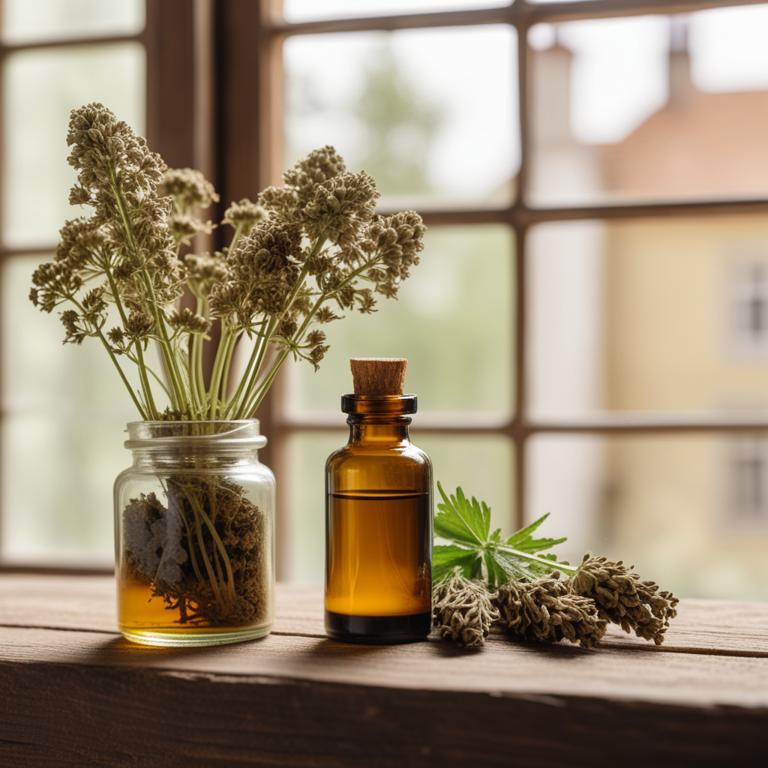
Herbal tinctures for hot flashes are liquid extracts made from various herbs and plants that are used to alleviate the symptoms of menopause-related hot flashes.
These herbal remedies have been found to provide relief from hot flashes due to their ability to regulate hormone levels, reduce stress, and improve overall hormonal balance.
Examples of herbal tinctures that can help treat hot flashes include Black cohosh, which has been shown to reduce hot flash frequency and severity, Dong quai, which helps to regulate menstrual cycles and alleviate hot flash symptoms, Maca, which balances hormone levels and reduces stress, and Red clover, which is rich in isoflavones that mimic estrogen in the body and help to alleviate hot flashes.
Additionally, other herbal tinctures such as Evening primrose oil, Wild yam, and Chasteberry have also been used to treat hot flashes due to their ability to regulate hormone levels and reduce stress.
According to "Electronic physician", tinctures for hot flashes using medicinal plants such as Sage, Black cohosh, and others mentioned in the study may be effective in treating acute menopausal syndrome with different mechanisms.
Below there's a list of the 7 best herbal tinctures for hot flashes.
- 1. Angelica archangelica tinctures
- 2. Vitex agnus-castus tinctures
- 3. Zingiber officinale tinctures
- 4. Paeonia lactiflora tinctures
- 5. Avena sativa tinctures
- 6. Panax ginseng tinctures
- 7. Cimicifuga racemosa tinctures
Also you may be interested in...
TODAY'S FREE BOUNDLE
Herb Drying Checklist + Herbal Tea Shopping List + Medicinal Herbs Flashcards
Enter you best email address below to receive this bundle (3 product valued $19.95) for FREE + exclusive access to The Aphotecary Letter.
$19.95 -> $0.00
1. Angelica archangelica tinctures
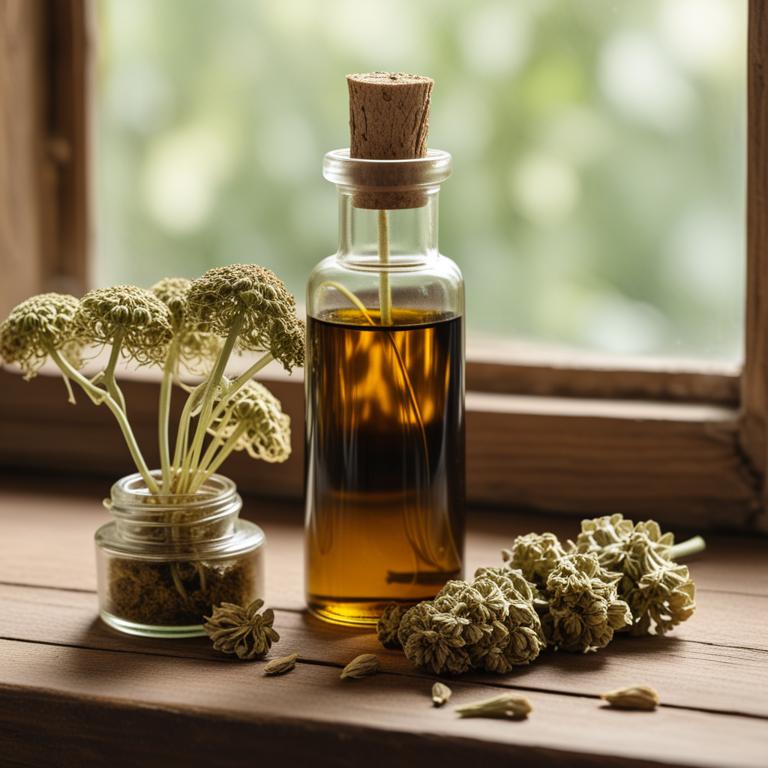
Angelica archangelica tinctures have been traditionally used to treat hot flashes, a common symptom of menopause, due to their anti-inflammatory and antispasmodic properties.
The bioactive constituents of Angelica archangelica, including ligustilide, butylphthalide, and ferulic acid, help to relax uterine muscles, reduce inflammation, and modulate hormonal balances, thereby alleviating hot flashes.
By regulating hormonal fluctuations and reducing inflammation, Angelica archangelica tinctures can help to alleviate the severity and frequency of hot flashes, providing relief from this debilitating symptom.
The benefits of using Angelica archangelica tinctures for hot flashes include reduced frequency and severity of episodes, improved sleep quality, and enhanced overall well-being.
2. Vitex agnus-castus tinctures
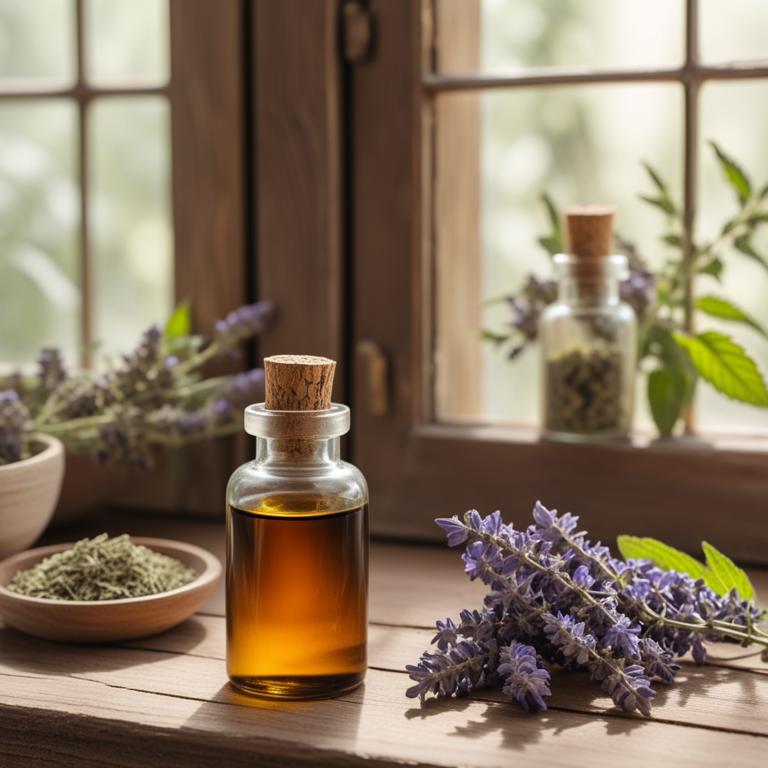
Vitex agnus-castus tinctures have been traditionally used to treat hot flashes in menopausal women due to their adaptogenic and estrogen-regulating properties.
This herbal preparation is believed to help alleviate hot flashes by reducing the frequency and severity of these symptoms, leading to improved quality of life for affected individuals.
The bioactive constituents of Vitex agnus-castus, including iridoids and flavonoids, are thought to modulate the hypothalamic-pituitary-gonadal axis, thereby influencing estrogen levels and reducing hot flash occurrence.
Regular use of Vitex agnus-castus tinctures has been reported to offer numerous benefits, including reduced hot flash frequency, improved sleep quality, and enhanced overall well-being.
Related Study
According to "Electronic physician", Vitex agnus-castus tinctures for hot flashes have been found to be effective in the treatment of acute menopausal syndrome.
3. Zingiber officinale tinctures

Zingiber officinale tinctures, derived from the rhizome of the ginger plant, have been traditionally used to treat hot flashes in menopausal women due to their anti-inflammatory, antioxidant, and thermogenic properties.
The bioactive constituents present in Zingiber officinale tinctures, including gingerols and shogaols, help to alleviate hot flashes by reducing inflammation, regulating body temperature, and promoting relaxation.
These constituents also exhibit vasodilatory effects, which can help to reduce blood flow to the skin and alleviate the associated symptoms of hot flashes.
Regular use of Zingiber officinale tinctures has been found to provide relief from hot flashes, improve sleep quality, and enhance overall well-being in menopausal women.
4. Paeonia lactiflora tinctures
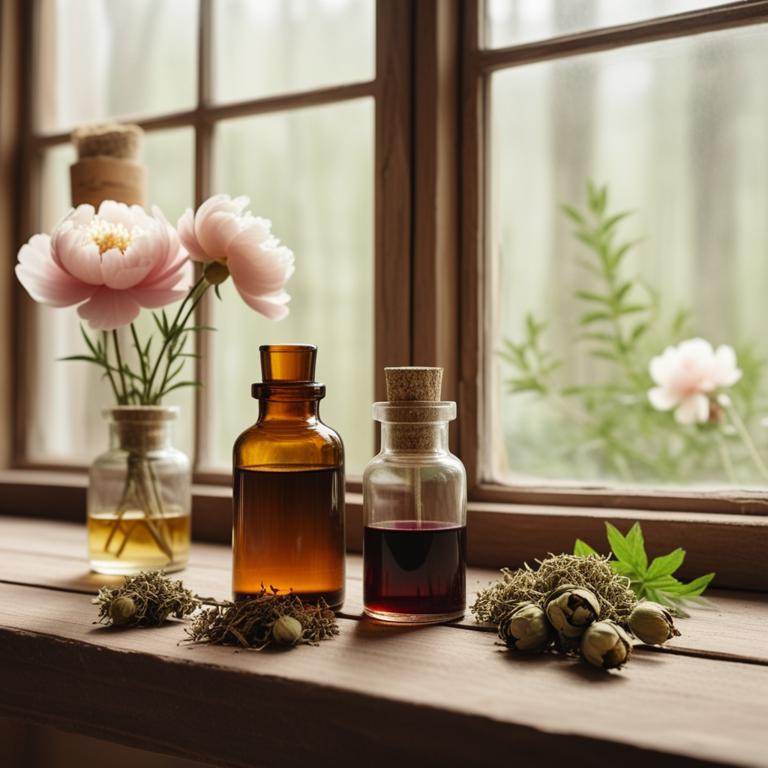
Paeonia lactiflora tinctures have been traditionally used to alleviate the symptoms of hot flashes, particularly in menopausal women.
The tincture's properties, including its anti-inflammatory and antioxidant effects, help to regulate hormonal imbalances and reduce the frequency and severity of hot flashes.
The bioactive constituents of Paeonia lactiflora, such as paeoniflorin and paeonol, are responsible for its therapeutic effects, which help to calm the nervous system and promote relaxation.
By using Paeonia lactiflora tinctures, women may experience a reduction in hot flash episodes, improved sleep quality, and a decrease in overall stress levels.
5. Avena sativa tinctures
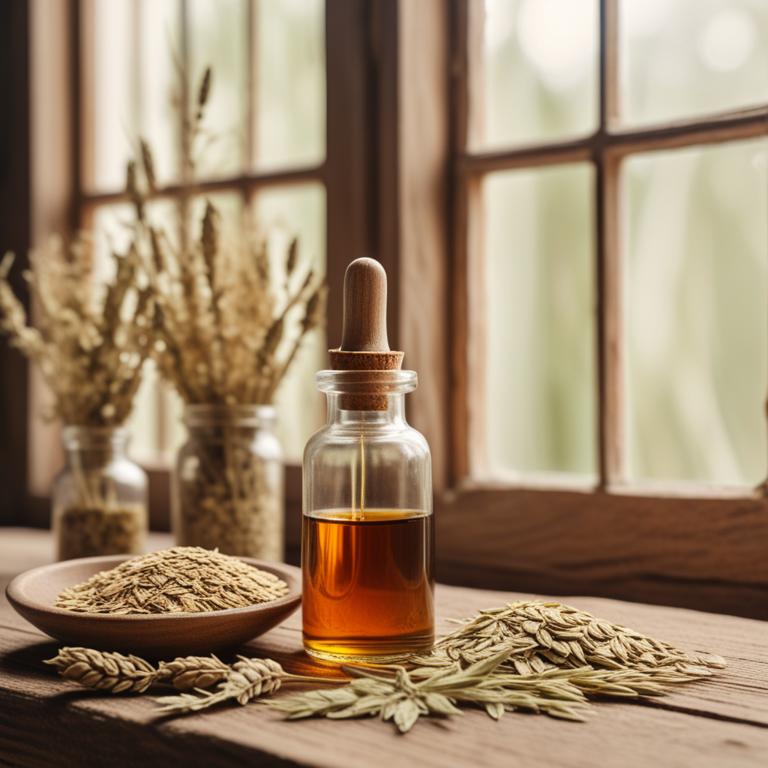
Avena sativa tinctures have been traditionally used to treat hot flashes, a common symptom of menopause and perimenopause, due to their ability to reduce vasomotor symptoms and promote relaxation.
The herbal preparation's anxiolytic and sedative properties help to alleviate the physical and emotional discomfort associated with hot flashes, allowing individuals to regain control over their daily lives.
The bioactive constituents of Avena sativa, such as avenacosides and avenanthramides, have been shown to possess anti-inflammatory and antioxidant properties that help to regulate the body's hormonal balance and reduce the frequency and severity of hot flashes.
By using Avena sativa tinctures, individuals can experience a reduction in hot flash episodes, improved sleep quality, and enhanced overall well-being, making it a natural and effective solution for managing this debilitating condition.
6. Panax ginseng tinctures
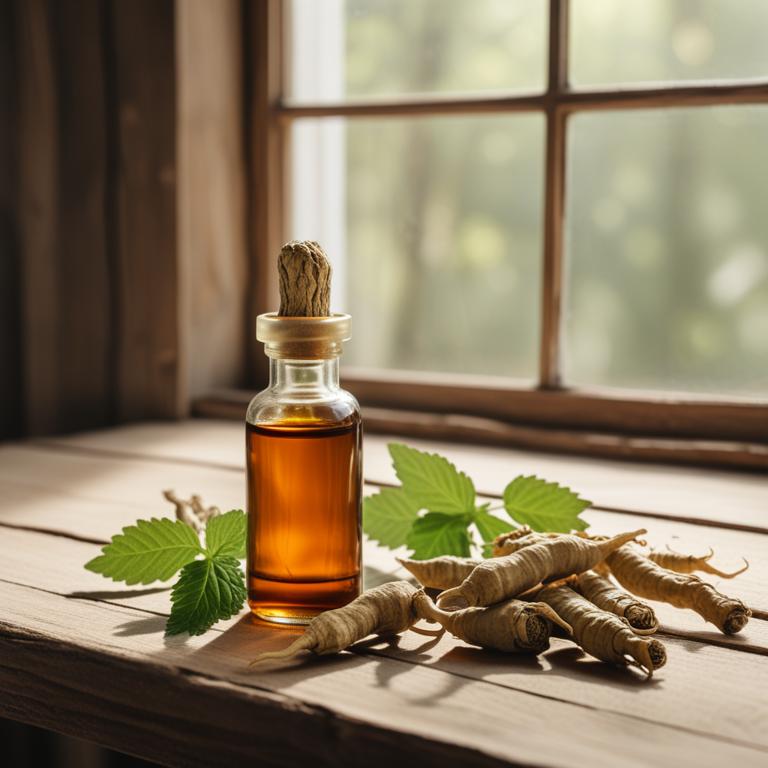
Panax ginseng tinctures have been traditionally used to alleviate hot flashes in menopausal women due to their adaptogenic and thermoregulatory properties, which help to regulate body temperature and alleviate symptoms associated with hot flashes.
This herbal preparation helps to treat hot flashes by modulating the hypothalamic-pituitary-adrenal axis, thereby reducing the frequency and severity of hot flashes.
The bioactive constituents of Panax ginseng tinctures, including ginsenosides and saponins, contribute to their therapeutic effects by exerting antioxidant, anti-inflammatory, and estrogenic activities, which help to mitigate hot flash symptoms.
By using Panax ginseng tinctures, women can benefit from reduced hot flash frequency and severity, improved sleep quality, and enhanced overall well-being.
Related Study
According to "Menopause (New York, N.Y.)", Panax ginseng tinctures for hot flashes may be effective, but more research needs to be done.
7. Cimicifuga racemosa tinctures
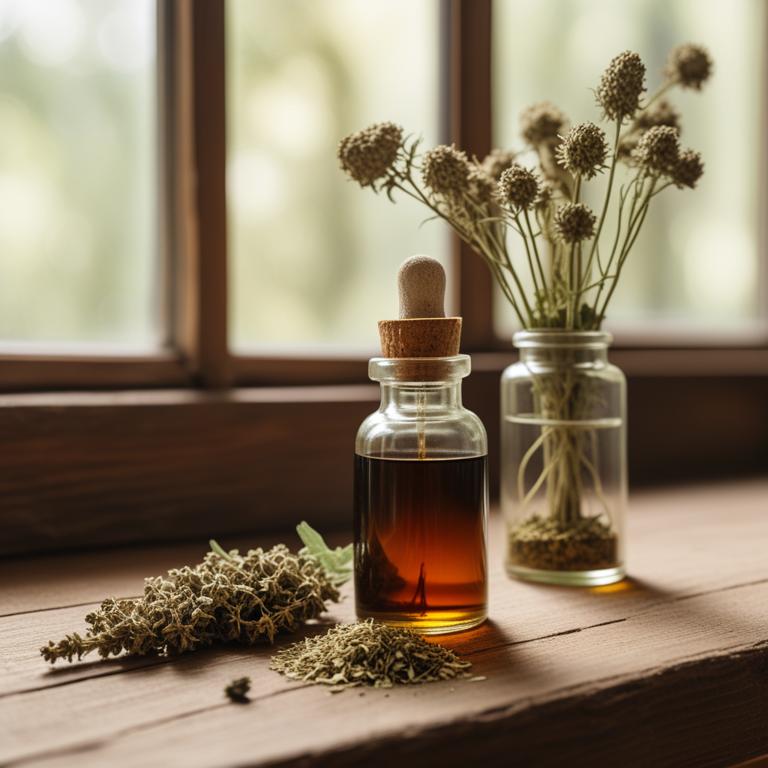
Cimicifuga racemosa tinctures have been traditionally used to alleviate the symptoms of hot flashes in menopausal women.
The properties of this herbal preparation, such as its ability to regulate hormonal imbalances and reduce inflammation, contribute to its effectiveness in treating this ailment.
The bioactive constituents of Cimicifuga racemosa, including actein, cimicifugoside, and isoferulic acid, are responsible for its therapeutic benefits, including anti-estrogenic and antioxidant effects that help to reduce the frequency and severity of hot flashes.
The benefits of using Cimicifuga racemosa tinctures to treat hot flashes include improved sleep quality, reduced anxiety and depression, and a decrease in the overall frequency and severity of symptoms, making it a popular natural remedy for menopausal women.
Related Study
According to "Electronic physician", Cimicifuga racemosa tinctures for hot flashes were found to be effective in the treatment of acute menopausal syndrome with different mechanisms.